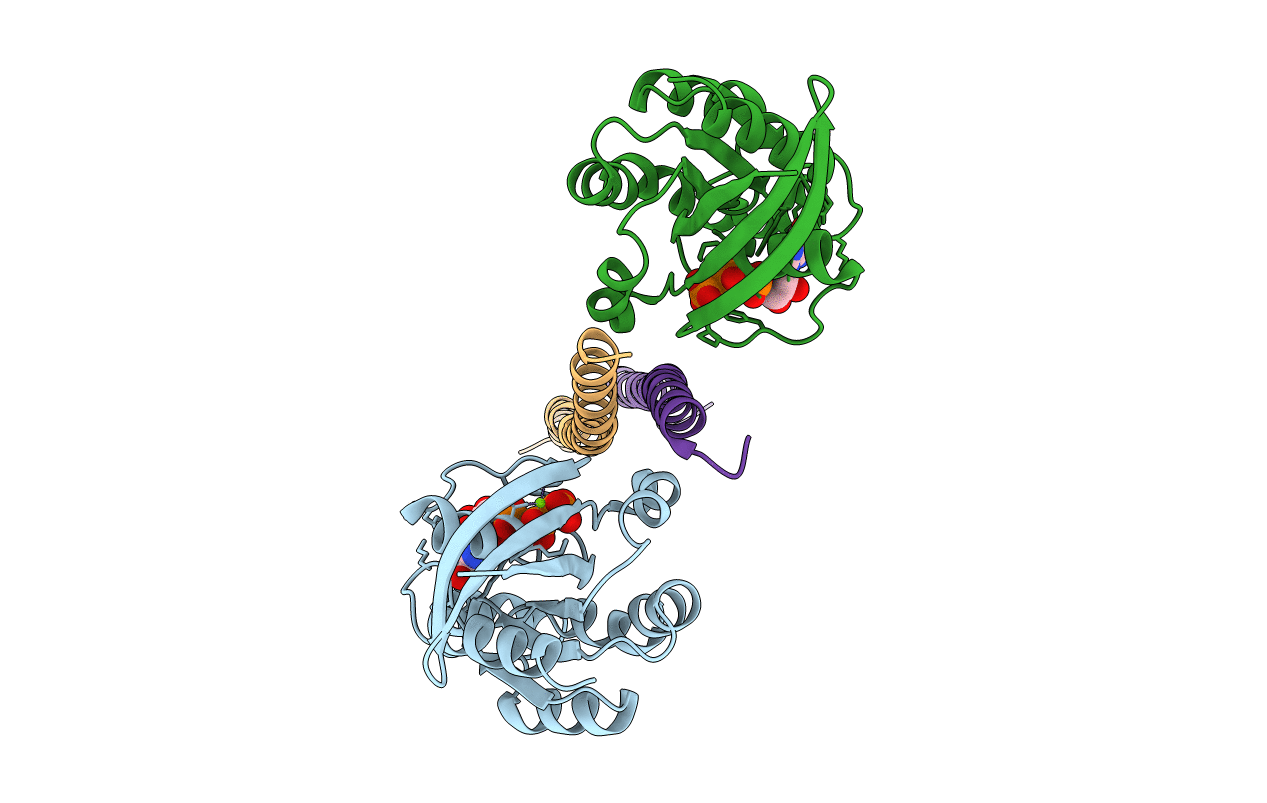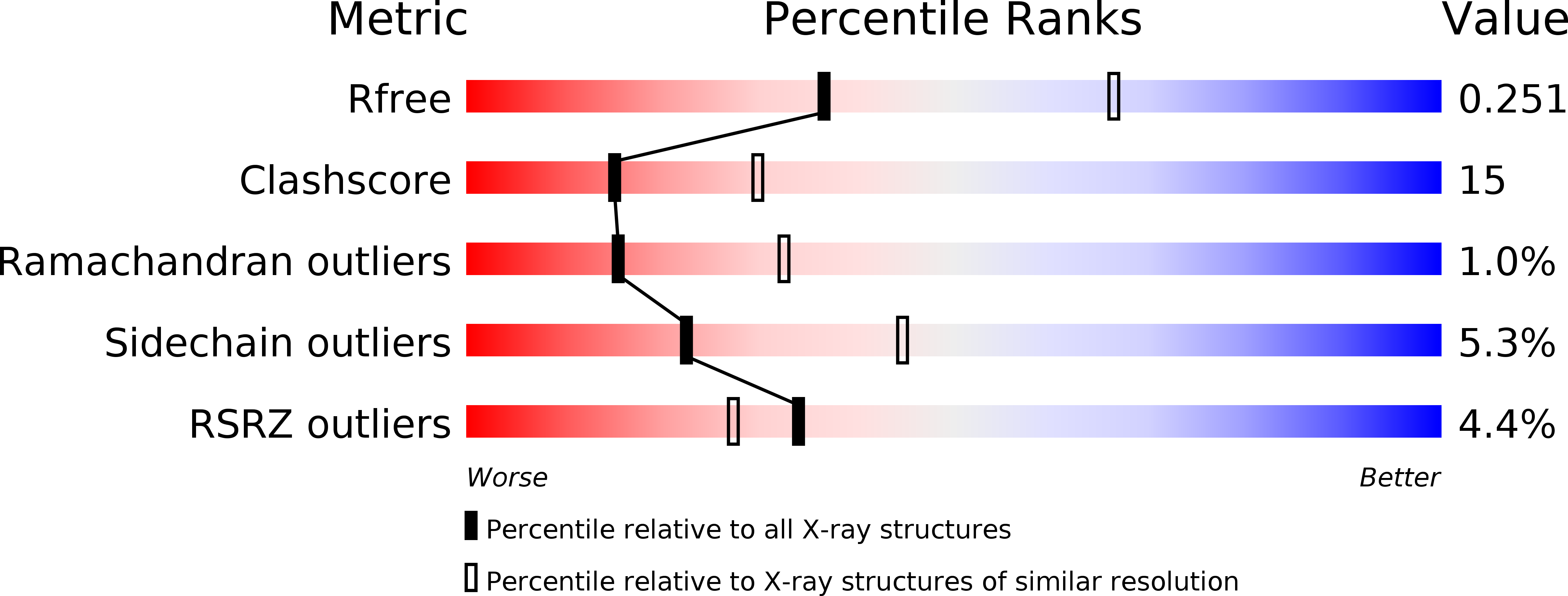
Deposition Date
2004-01-06
Release Date
2004-02-10
Last Version Date
2024-02-14
Entry Detail
PDB ID:
1S1C
Keywords:
Title:
Crystal structure of the complex between the human RhoA and Rho-binding domain of human ROCKI
Biological Source:
Source Organism:
Homo sapiens (Taxon ID: 9606)
Host Organism:
Method Details:
Experimental Method:
Resolution:
2.60 Å
R-Value Free:
0.25
R-Value Work:
0.21
R-Value Observed:
0.21
Space Group:
P 1 21 1


